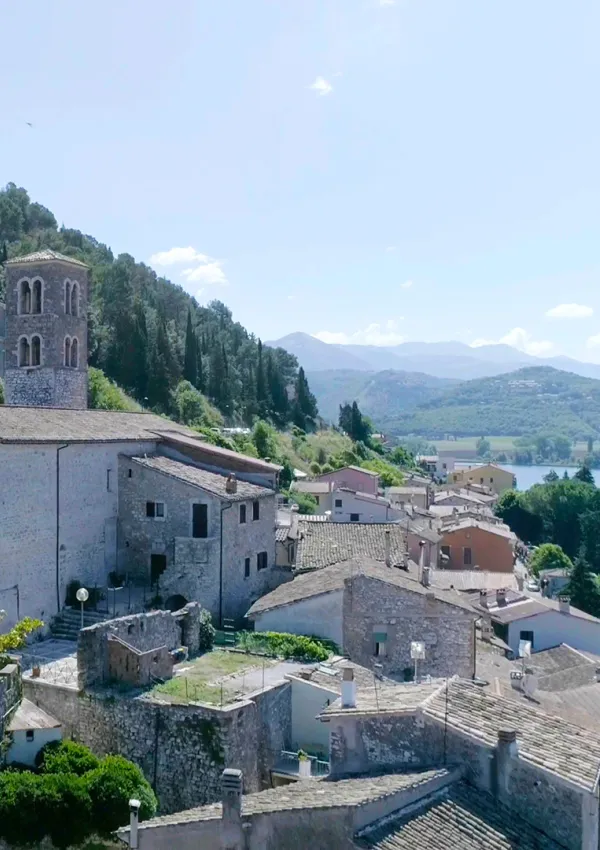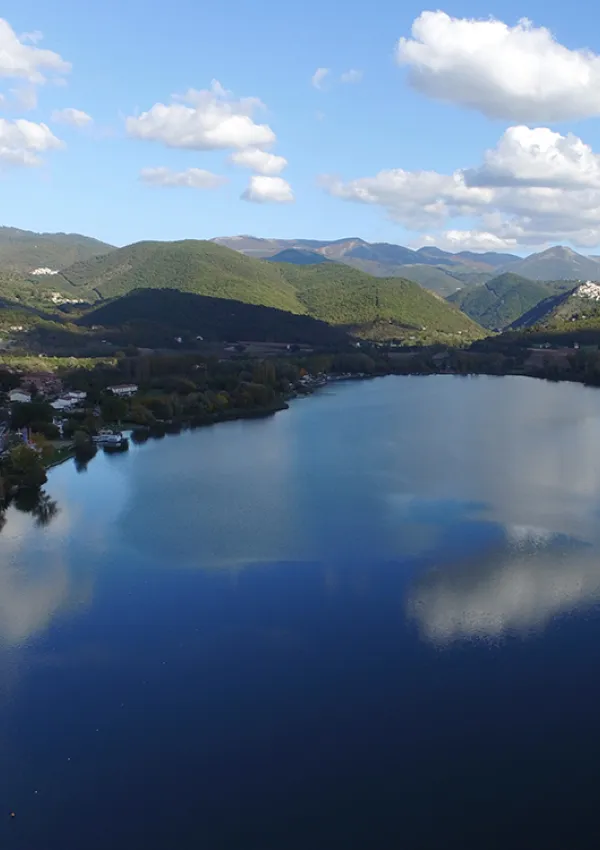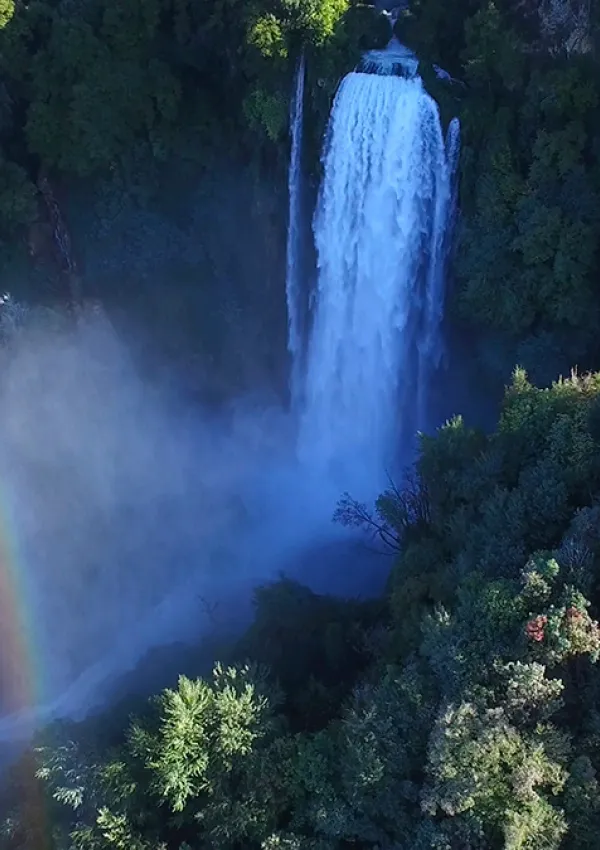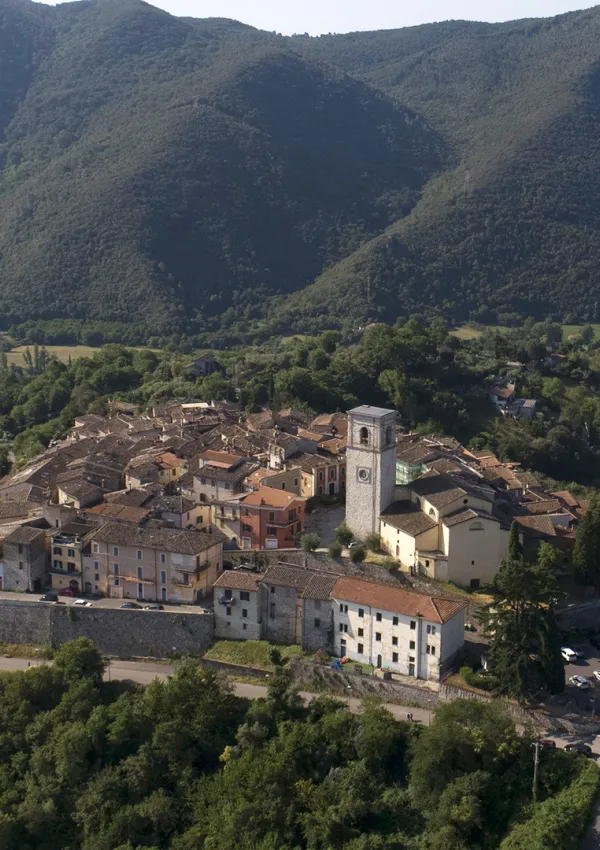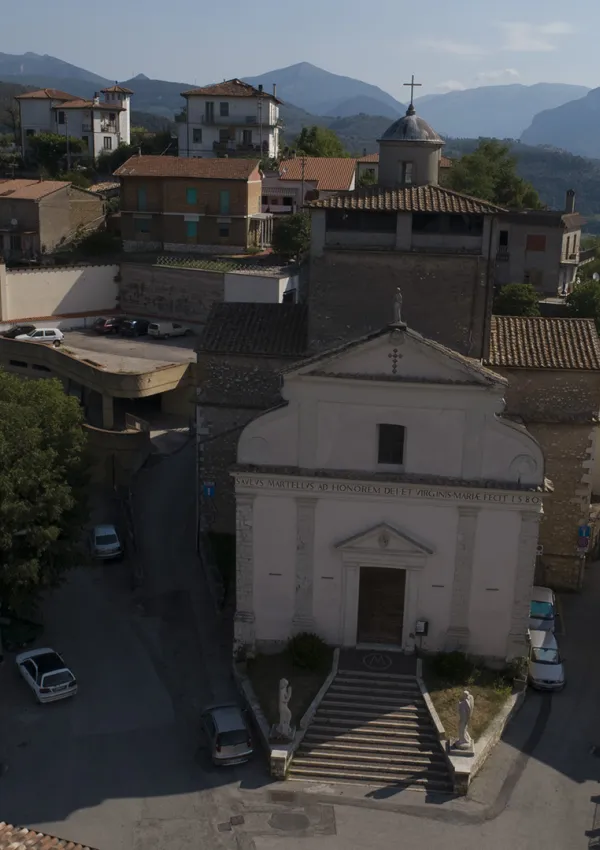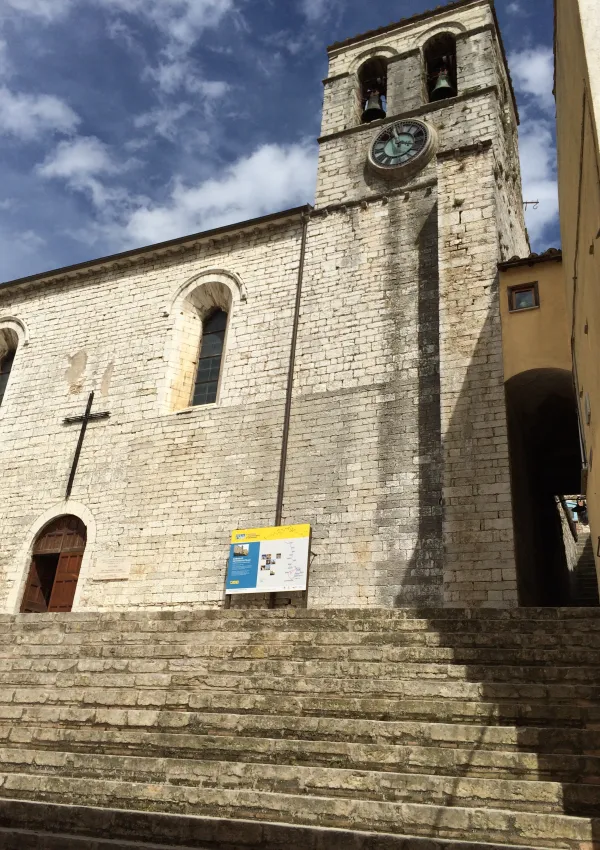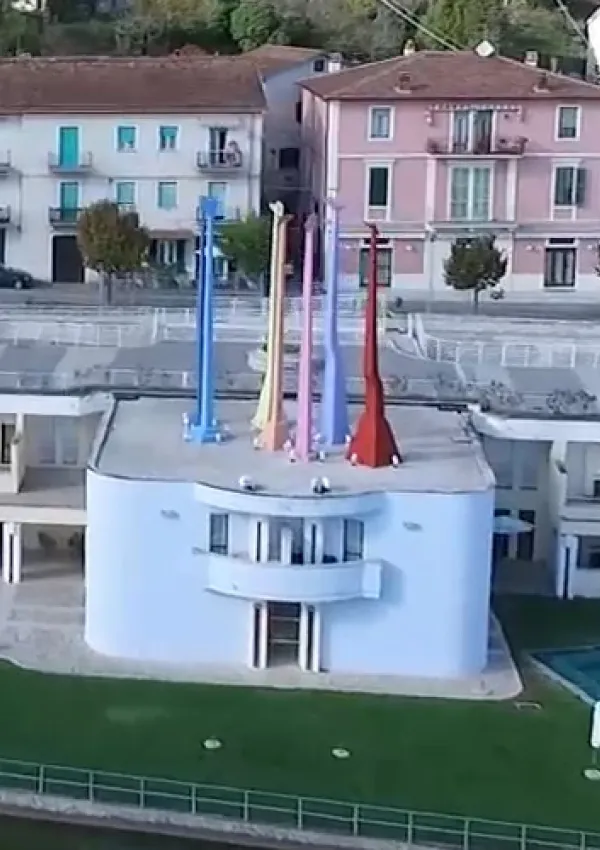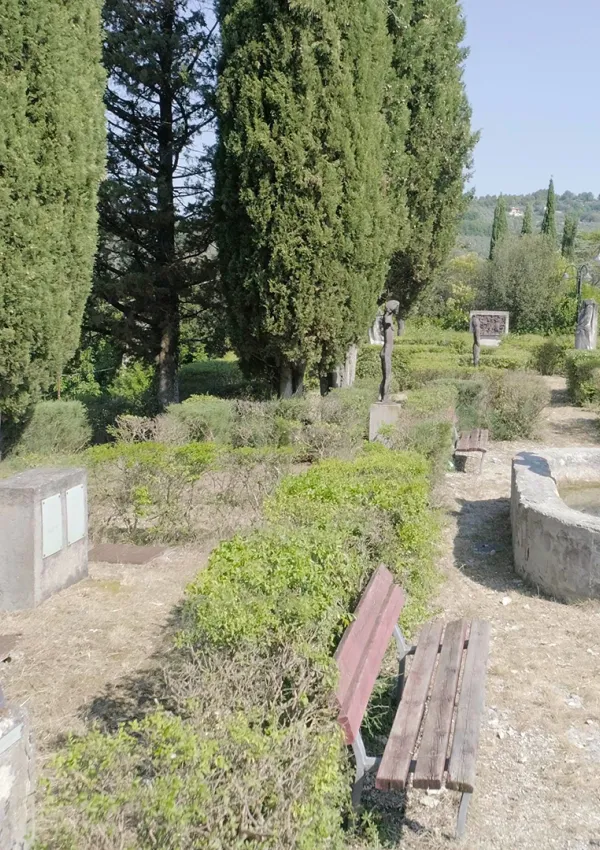The fortress of Piediluco
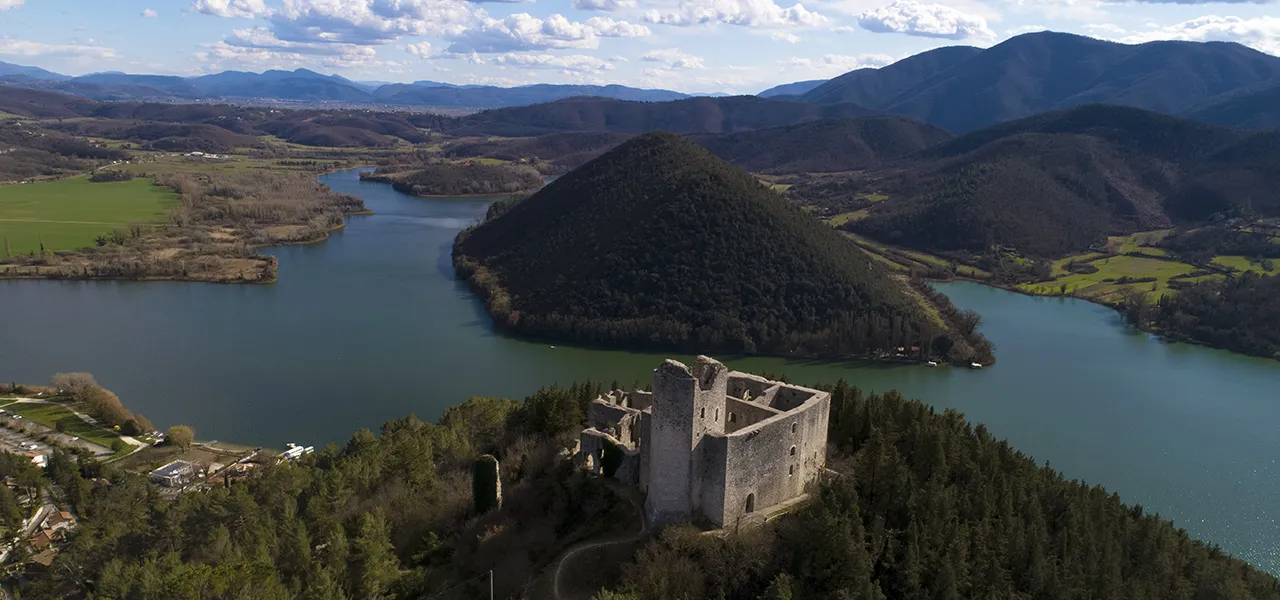
Precisely because of its position, over many centuries it was a garrison for the control and defence of the territory, so much so that it was the object of bitter disputes between Terni, Rieti and Spoleto.
The Fortress of Piediluco is a complex consisting of two distinct parts: the Palazzo, built in the 13th century by the Brancaleoni family, lords of the place, on the ruins of an earlier castle dating back to the early millennium, and the Rocca, which served a military-defensive function.
Built between 1364 and 1368 at the behest of Cardinal Albornoz (papal legate) to reaffirm the authority and power of the Church, it was owned, along with the surrounding territory, by Blasco Fernadez di Belvisio, who was responsible for the renovation of the palace. Of the latter, the reception hall, residential rooms and some accessory rooms can still be distinguished. The portal bears two small lions similar to those present in the crowning of the portal of the Church of St. Francis, located in the interior of the village and built as part of the transformation project of the settlement desired by the Brancaleoni family.
Characterising the fortress is the mighty pentagonal-shaped donjon, built on five levels, the lower of which served as a water reservoir. A cistern for collecting rainwater, on the other hand, was located in the centre of the courtyard. The linear arrangement of the donjon-courtyard and residential palace parts differentiate this fortress from the other Albornoz fortresses in Umbria, which share the quadrangular layout. The complex was surrounded by a system of fortifications that joined it to the settlement below. The remaining portions of these walls are hidden by dense tree vegetation planted in the 1930s.
Near "The fortress of Piediluco"
LA CASA DI UMBERTO
#Holiday homes and flats
Via Ovidio Cioffi,24
CIR: 055032C202032910
@: view email

LA CASA DI BIANCA
#Holiday homes and flats
Via Ovidio Cioffi,24/a
CIR: 055032C202031730
@: view email
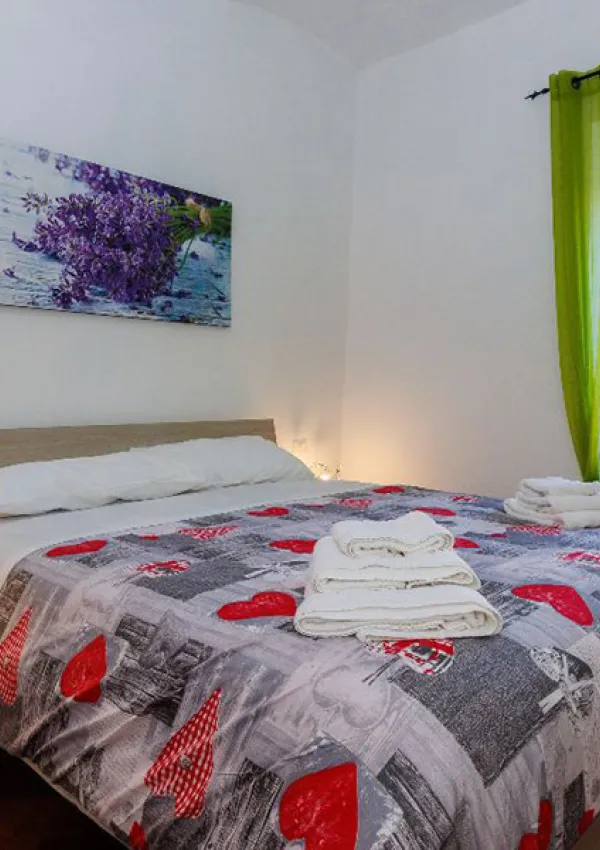
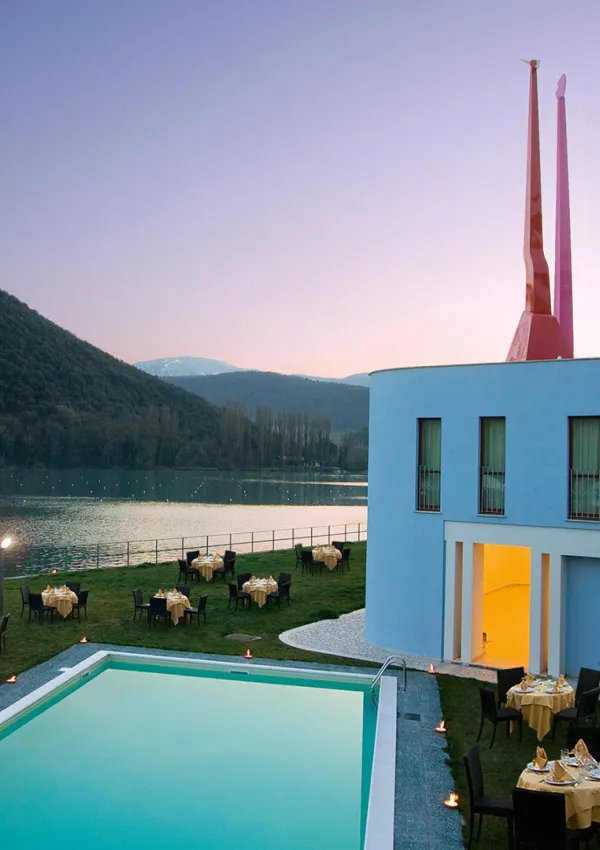
CASA VACANZE PIEDILUCO
#Holiday homes and flats
Via Noceta,19
CIR: 055032C202020973
@: view email
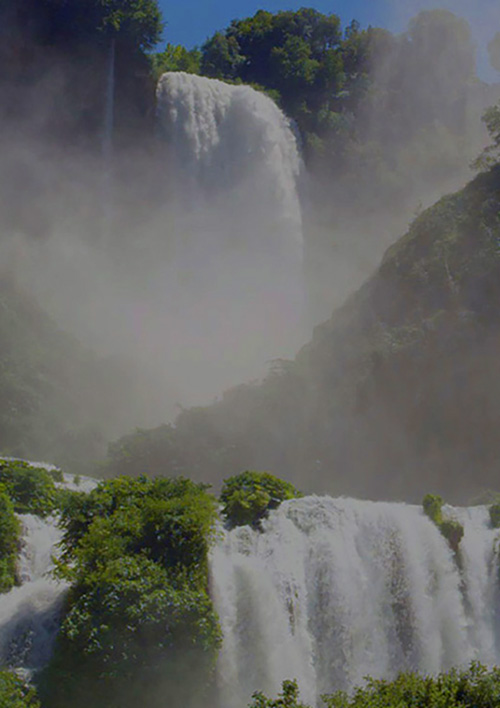
SOPRA LE NUVOLE
#Holiday homes and flats
Via Noceta Vincenzo,83
CIR: 055032C202030888
@: view email
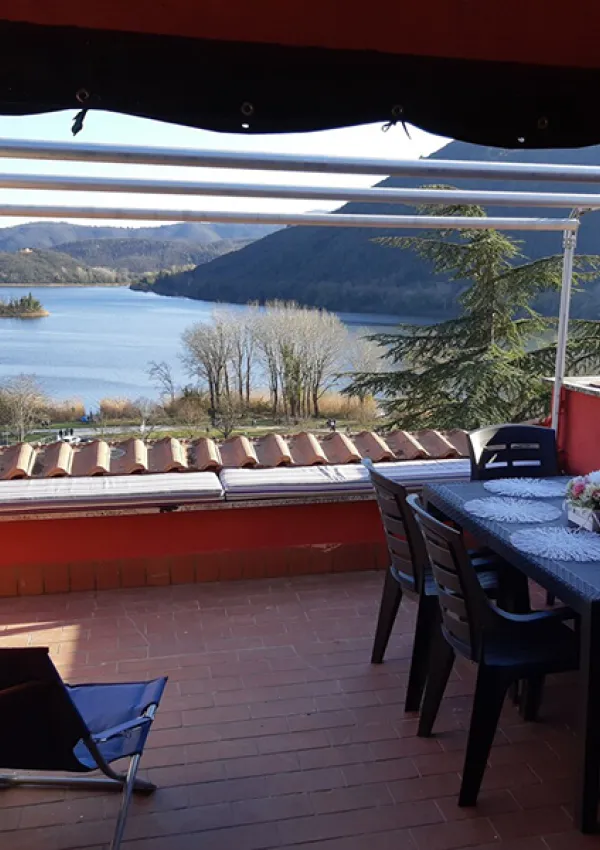
CASA PER VACANZE ORIO
#Holiday homes and flats
Via Collesanto,10
CIR: 055032C202034154
@: view email

HOTEL DEL LAGO PIEDILUCO
#Hotel
Strada del Porto,71
CIR: 055032A101007924
Web: go to site
@: view email
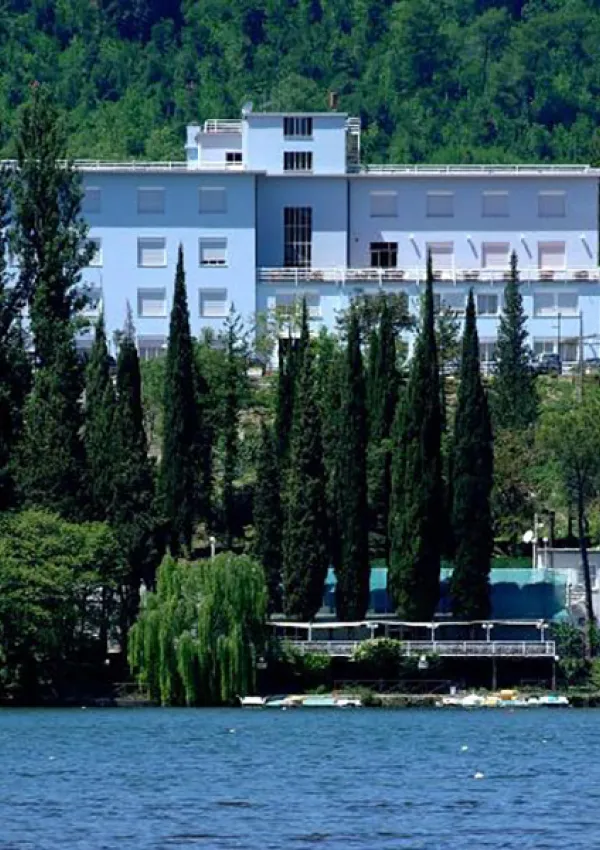
BEA
#Guesthouse
Strada di Mazzaselvetta,18
CIR: 055032C201030894
@: view email
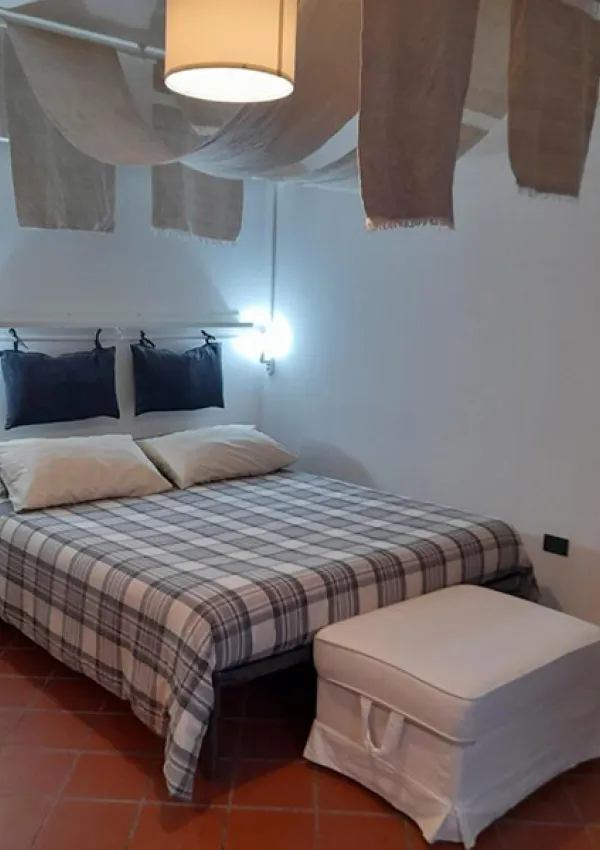
Ara Marina
#Open bar
#Ristorante
#Spiaggia attrezzata
Via dell'Ara Marina, 6 - Piediluco
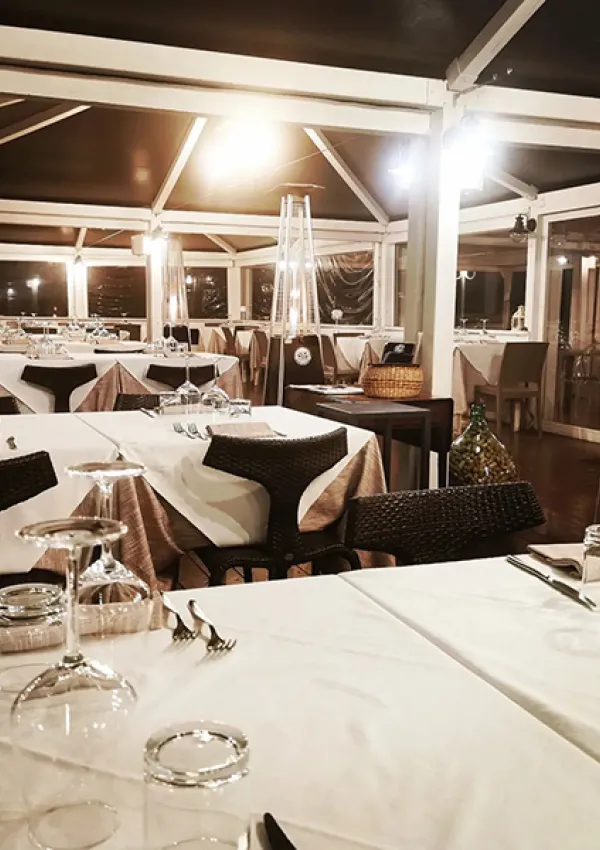
Baraonda
#Pizzeria
#Ristorante
#Wine-bar-ristorante
Via Noceta, 4 - Piediluco
@: view email
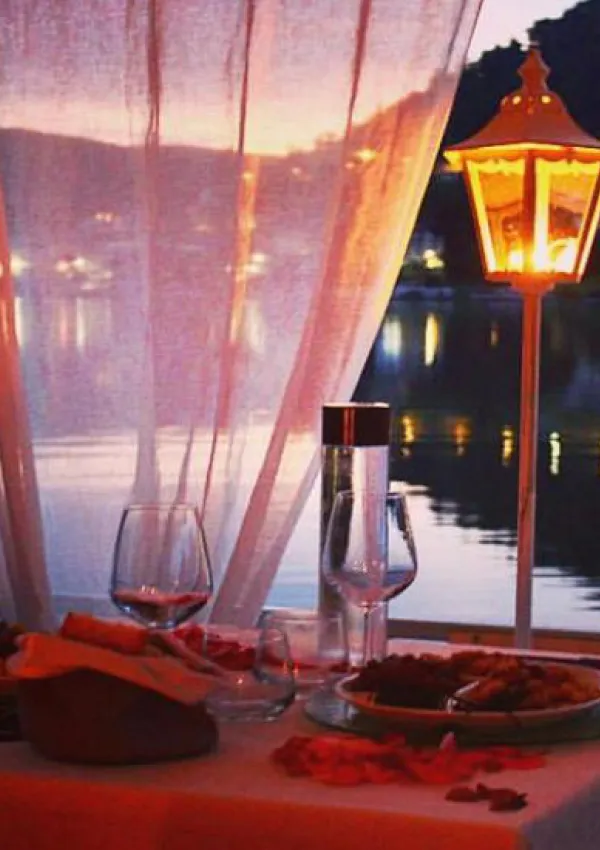
Bosco del Velino
#Trattoria
Via della Cascata 35
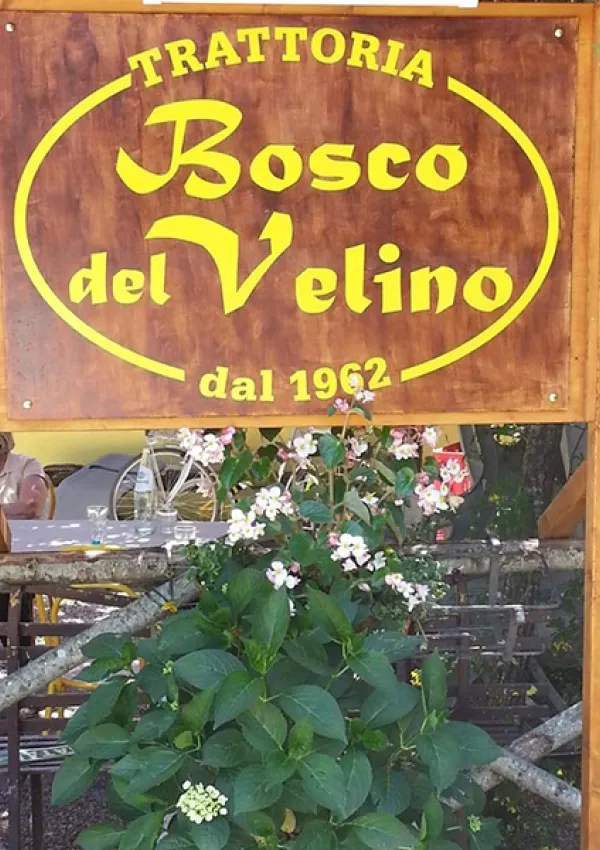
Eco - Piediluco
#Ristorante
Via IV Novembre 12
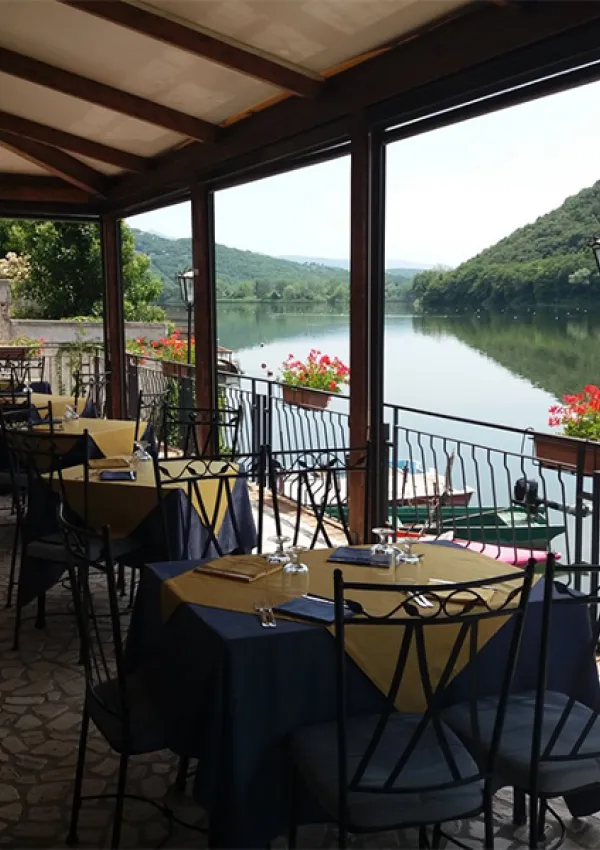
I Ribelli di Campagna
#Ristorante
#Trattoria
Via Valnerina, 109
@: view email
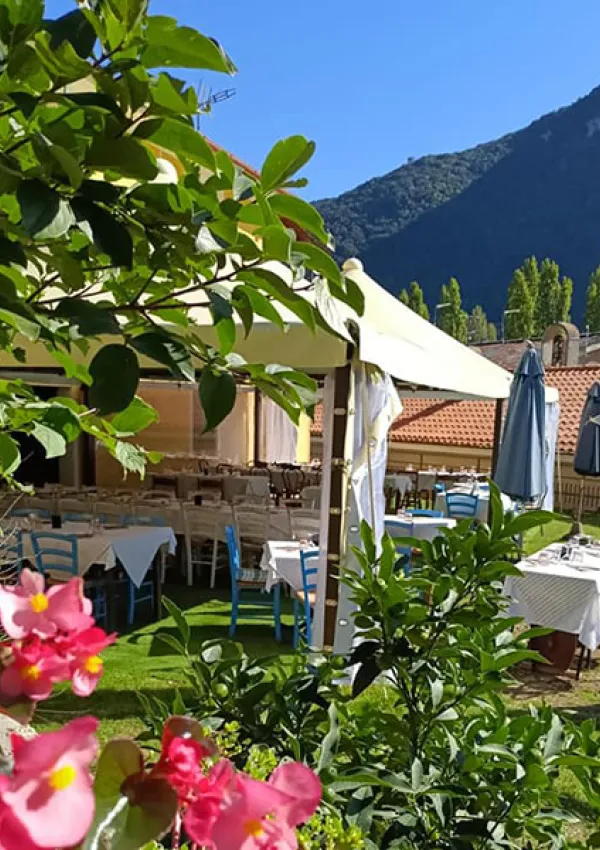
L'Amaca all'Eco - Piediluco
#Ristorante
Str. Di Montecaperno 5
Web: go to site
@: view email
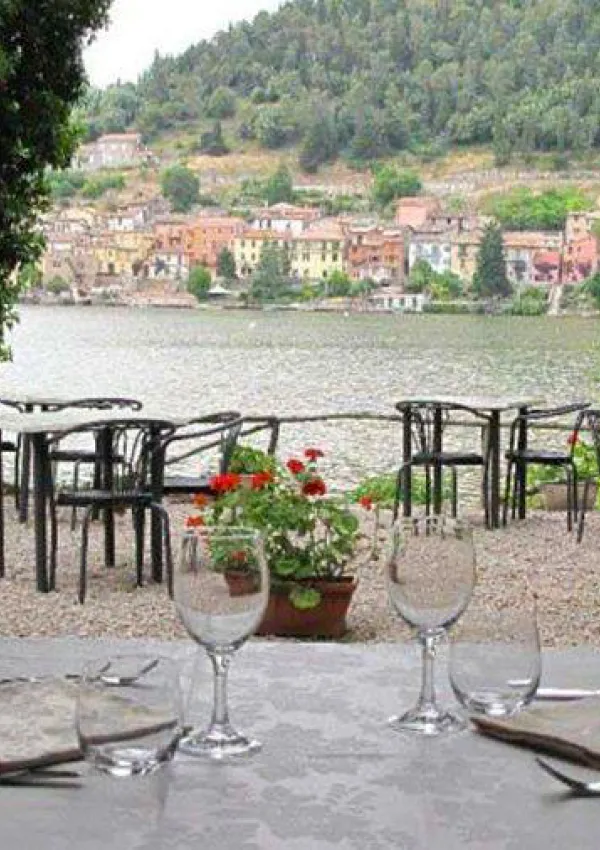
La Magia del lago
#Pizzeria
#Ristorante
Via 4 Novembre, 2 - Piediluco
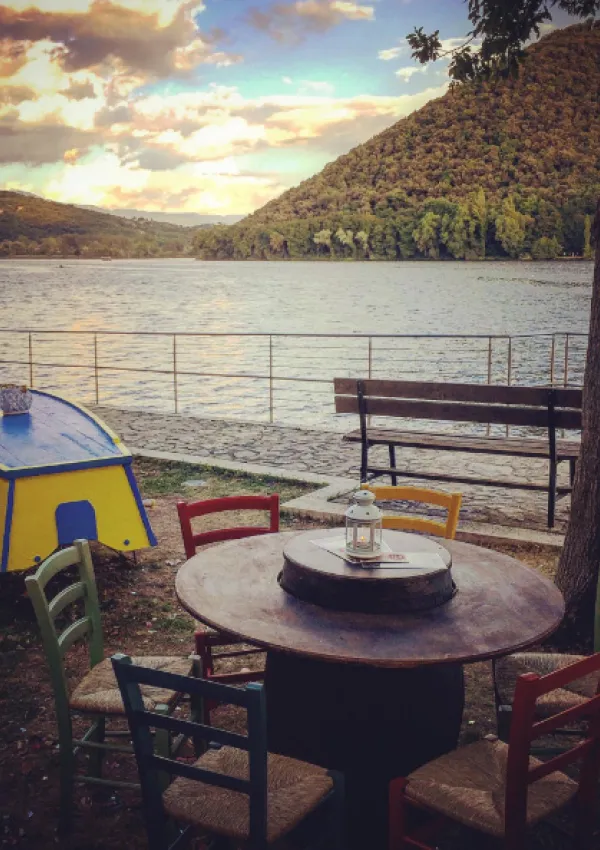
La vecchia osteria - Piediluco
#Pizzeria
#Ristorante
Voc. Valle Spoletina 9
@: view email
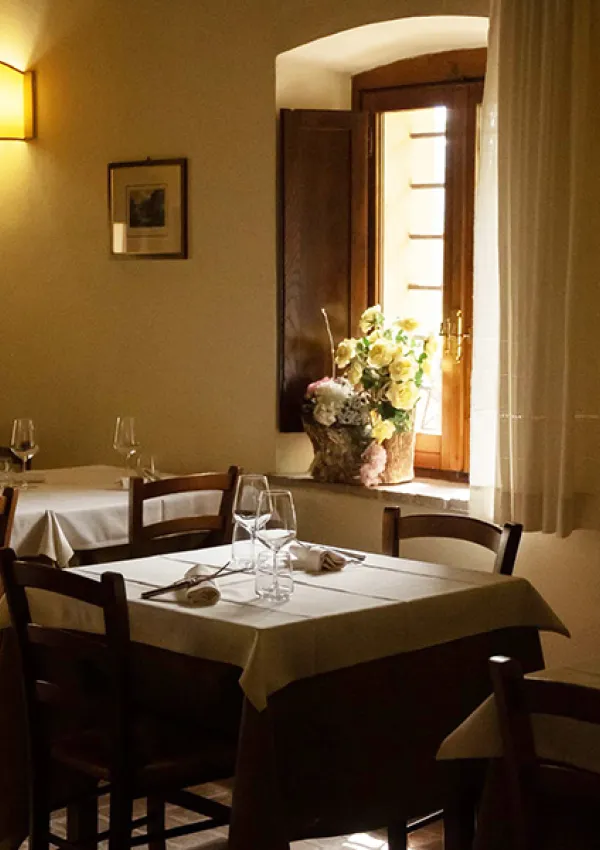
Chosen for you
-
LA CASA DI BIANCA
Holiday homes and flats
Via Ovidio Cioffi,24/a
Phone: 3355752093
CIR: 055032C202031730
@: view email
-
HOTEL MIRALAGO
Hotel
Via Noceta,2
Phone: 0744/360022
CIR: 055032A101015534
Web: go to site
@: view email
-
SOPRA LE NUVOLE
Holiday homes and flats
Via Noceta Vincenzo,83
Phone: 3287525886 3473624866
CIR: 055032C202030888
@: view email
-
HOTEL DEL LAGO PIEDILUCO
Hotel
Strada del Porto,71
Phone: 0744/368450 3473214352
CIR: 055032A101007924
Web: go to site
@: view email
-
BEA
Guesthouse
Strada di Mazzaselvetta,18
Phone: 3284048435
CIR: 055032C201030894
@: view email
-
ALBERGO VELINO 1
Hotel
Via Pilastri,2
Phone: 3391420409 3489628954
CIR: 055032A101018155
Web: go to site
@: view email
Events
-
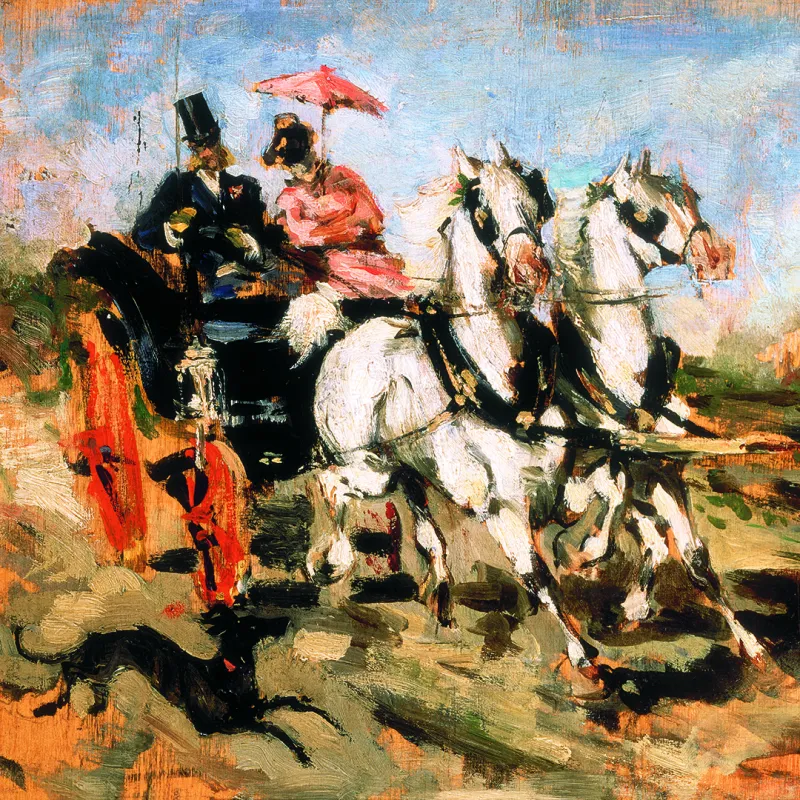 Da Degas a Boldini: Un Viaggio nell'Impressionismo...
From 16 April to 29 June
Da Degas a Boldini: Un Viaggio nell'Impressionismo...
From 16 April to 29 June
